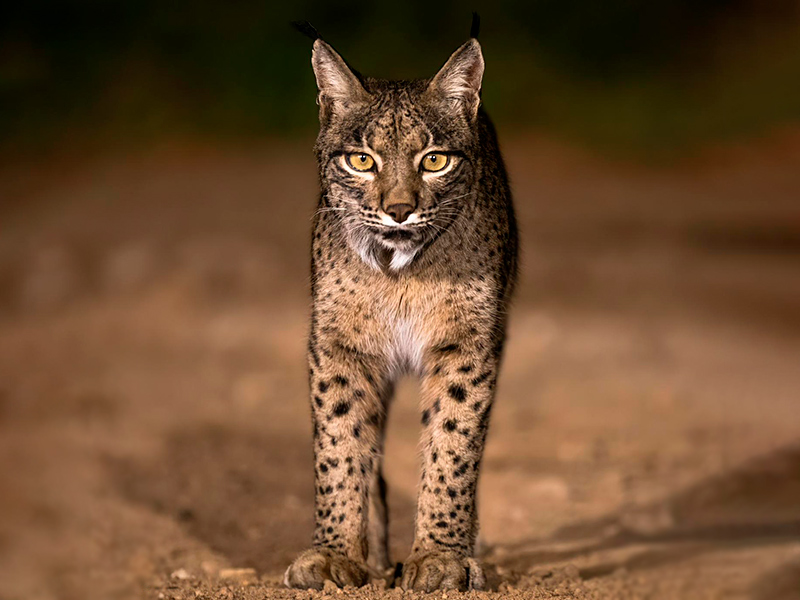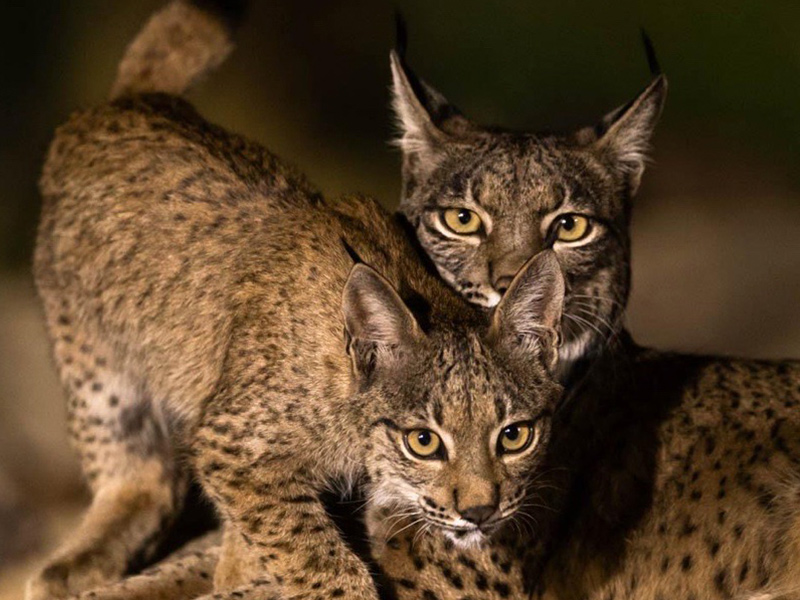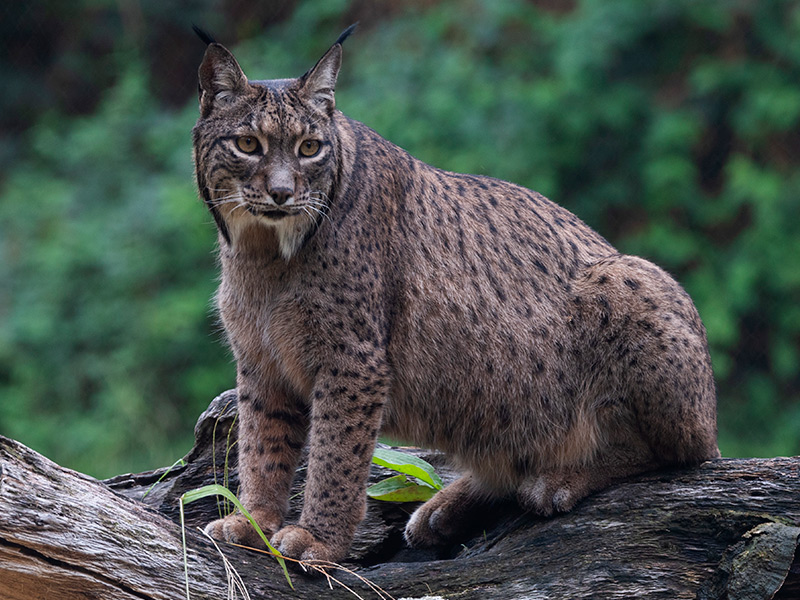Become a Zoollower, now with 3x2 for the first members. Find out here!
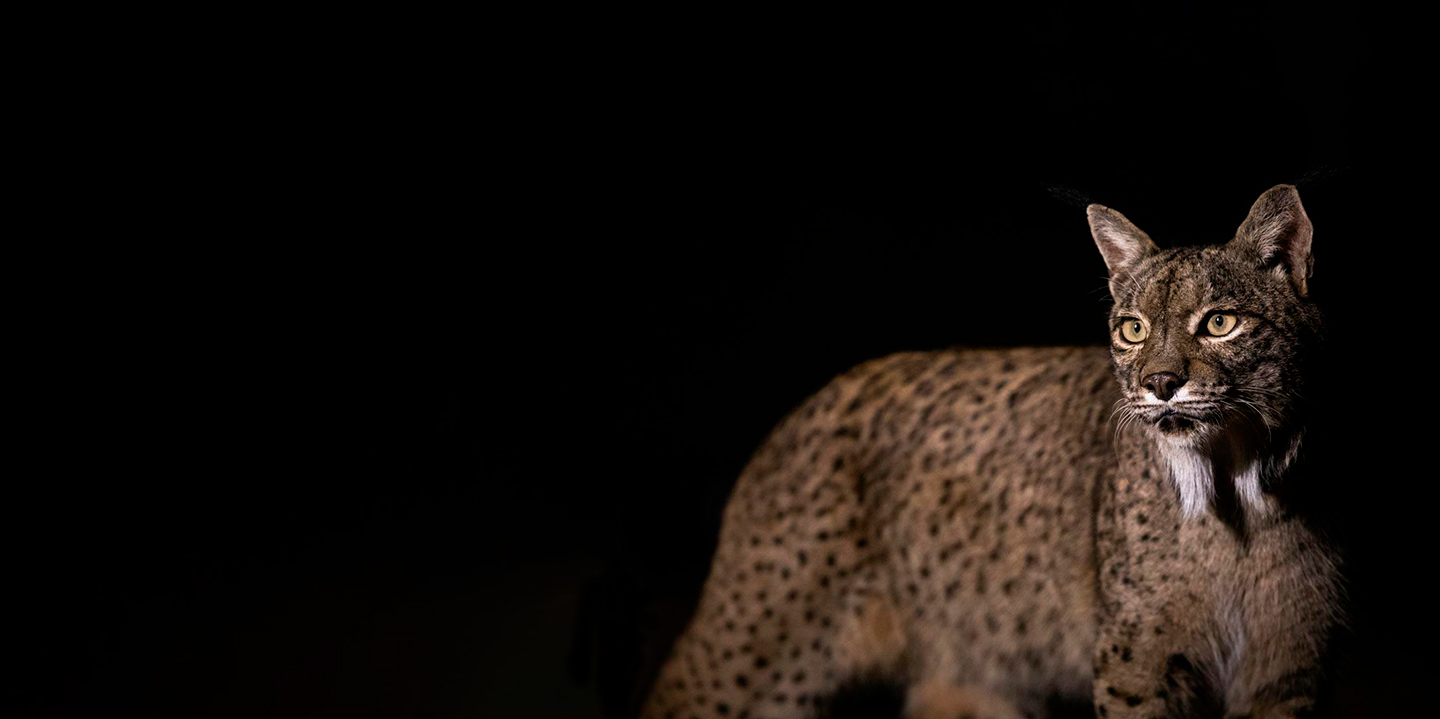
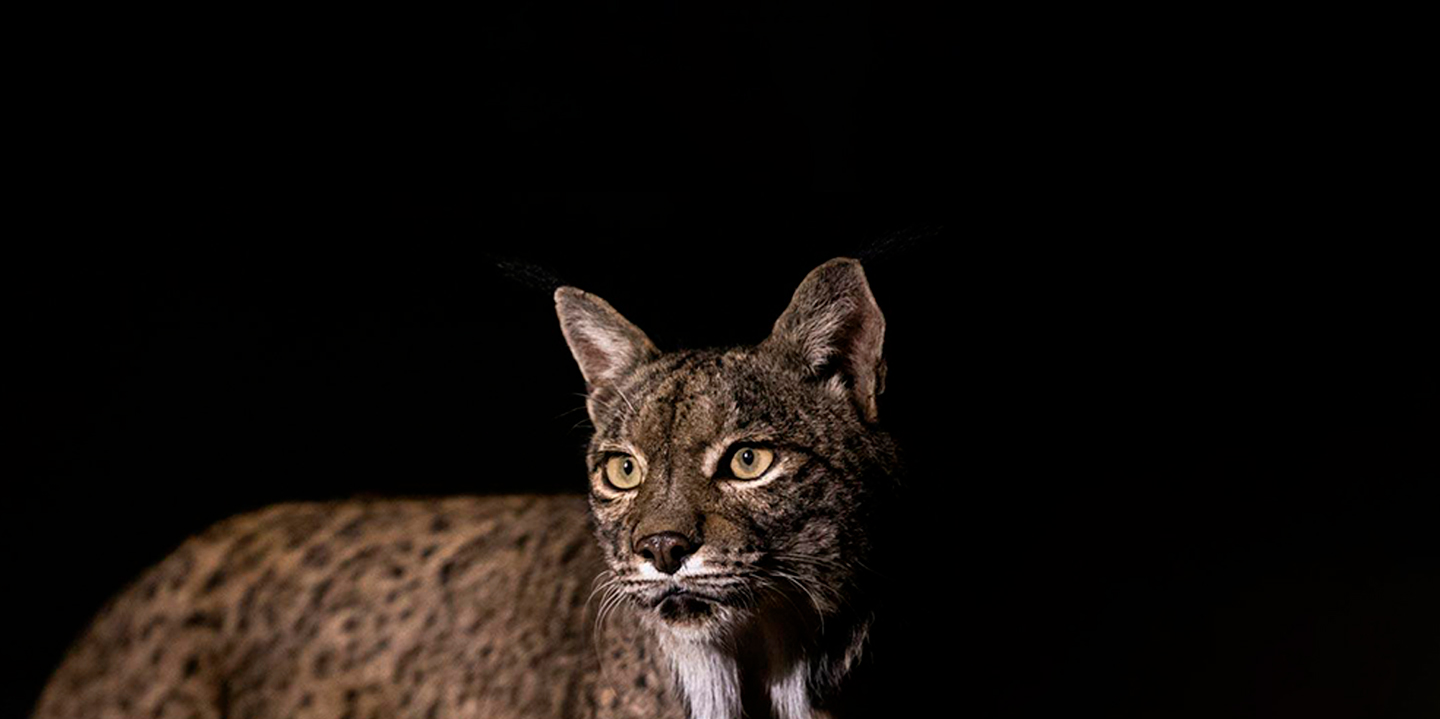
20 years of work recovering the Iberian lynx
Learn about the work with Life LynxConnect that is recovering the species.
Select your Check-in Date
Select your Check-out Date
Okey
When will you come?
accommodation
2 adults, 1 Kid
accommodation
1
Adults,
Kids
Adults
+18 age
0
Kids
Up to 17 years
0
+ Add room
discount
Entered promotional code is correct
Error:
The code you entered is not correct or it doesn’t exist
+ Add room
The park is closed today

